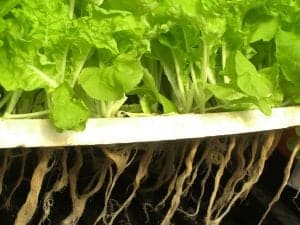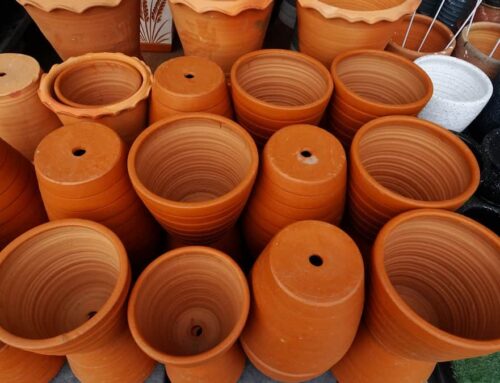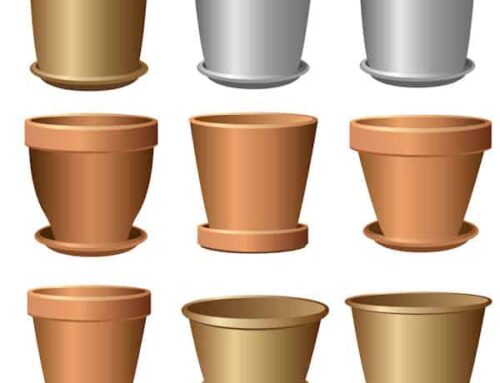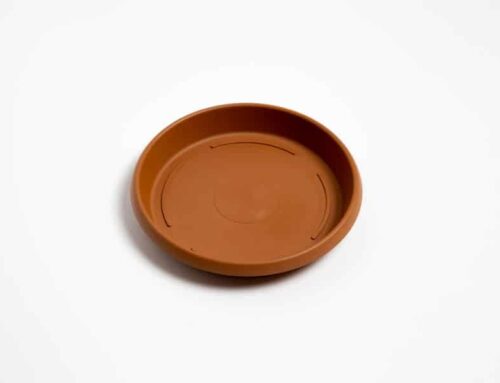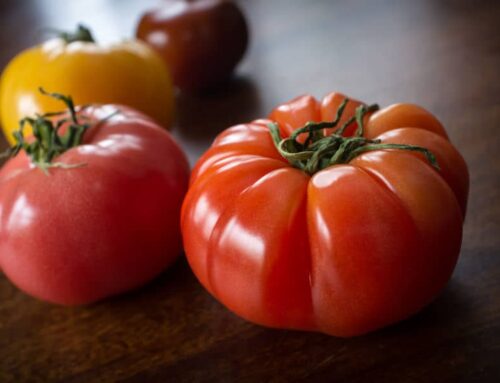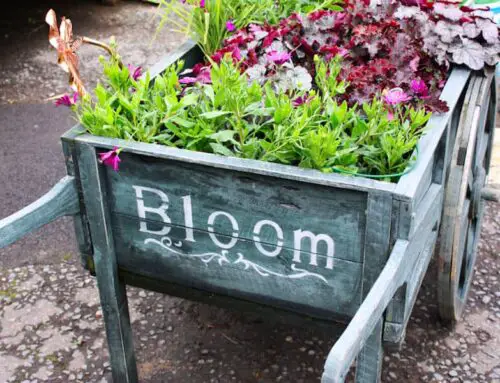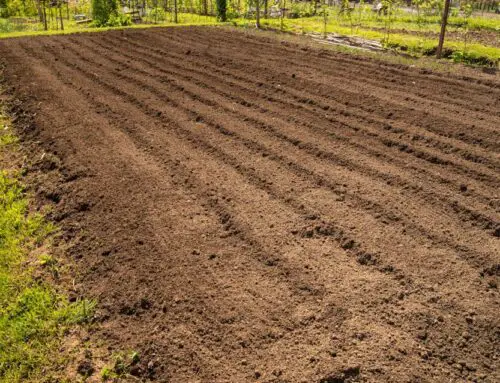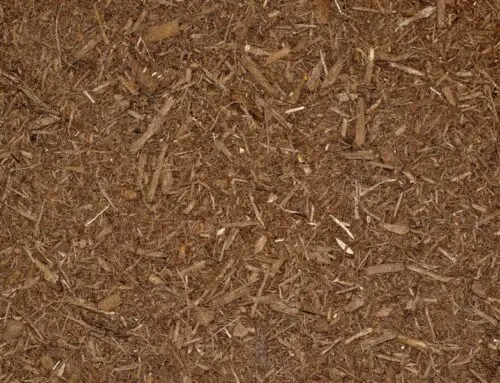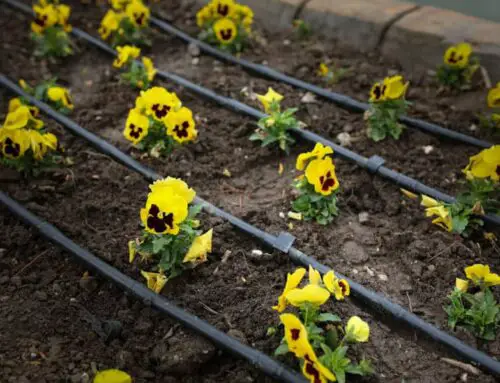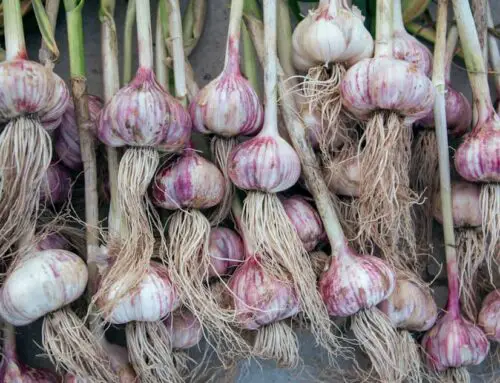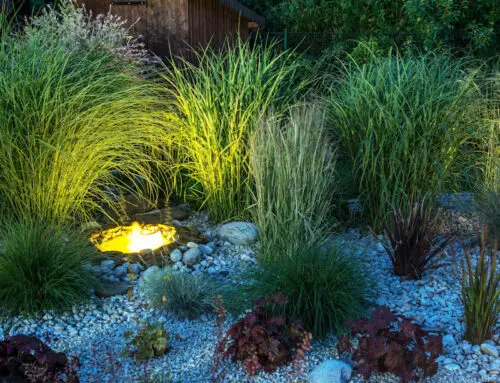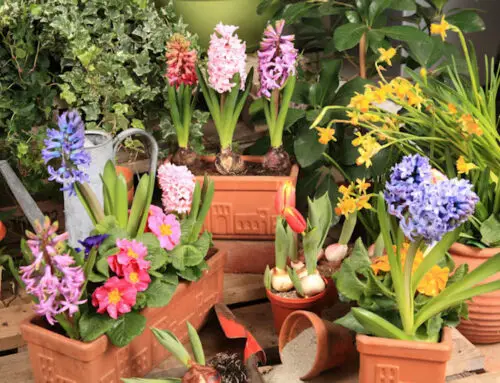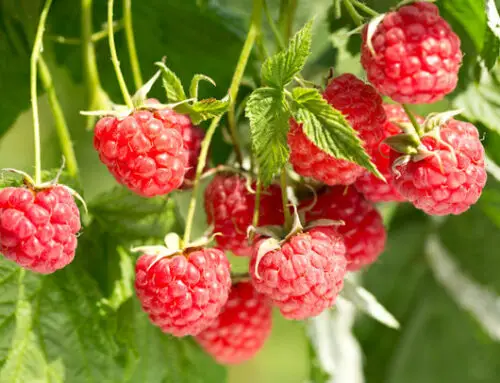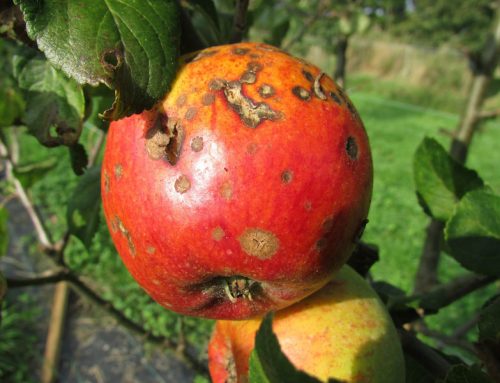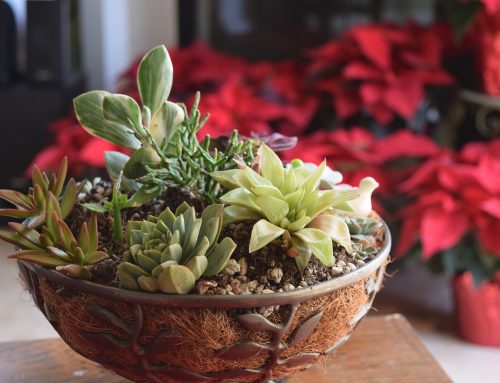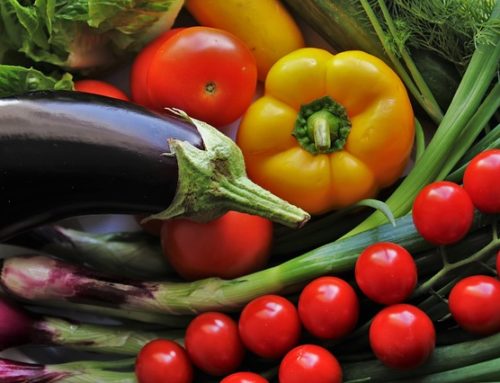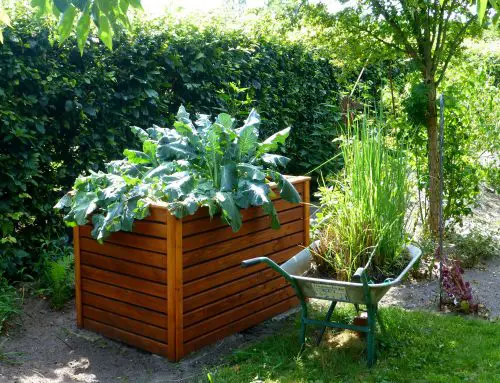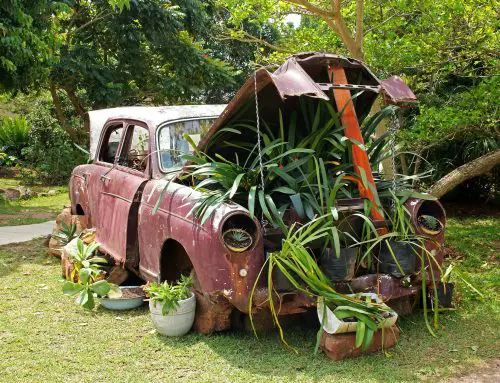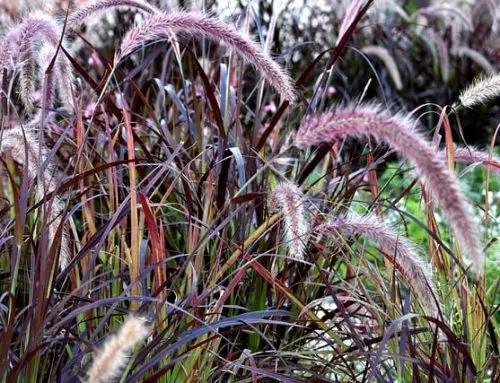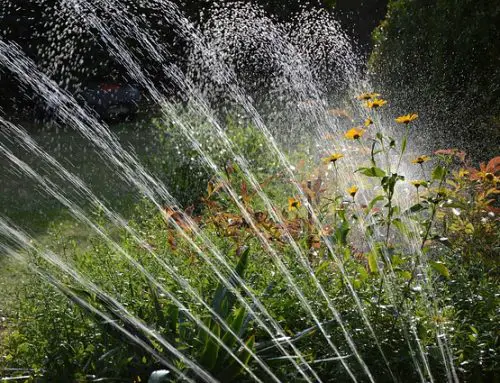The benefits of hydroponics are numerous. Hydroponics is a method of growing plants, without soil, providing all of the nutrients and resources needed for optimum growth through an aquatic solution. Hydroponic growing systems are increasing in popularity due to the many benefits of hydroponics, and have helped expand the possibilities of urban and indoor gardening.
Hydroponics Vs Soil
Plants grown in hydroponic systems use less resources, occupy less space, and are higher quality than those grown using traditional growing methods. When it comes to hydroponics vs soil it may seem contradictory to grow plants without soil, hydroponics is actually an intricate system that works very well.
In order to flourish, plants need water and nutrients. If the essential nutrients are provided in water directly to the root zone, there is no need to have any soil at all. Hydroponic systems have been around for thousands of years but have taken off in popularity in the last 60 or 70 years.
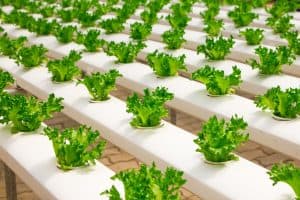
The extra oxygen stimulates root growth and encourages faster hydroponic nutrient absorption. Roots are constantly in contact with essential nutrients making it easier to find food and break it down within the plant. This saved energy can be put towards faster plant growth and increased yields. If you are interested in traditional garden irrigation that is easy to accomplish with a drip irrigation system.
Benefits of Hydroponics
One of the biggest benefits of hydroponics is the year-round growing season. Indoor gardening can be accomplished at any time as long as ample light is provided for the plants to complete photosynthesis. In urban environments the ability to grow plants indoors without soil is providing communities with fresh, local produce year round.
There are also environmental benefits of hydroponics over in ground gardening. Even though plants are grown in aquatic environments, the best hydroponic system actually uses less water than traditional gardening. The aquatic solutions are constantly reused keeping water usage lower.
Hydroponics benefits also include not having to worry about weeds which are not a concern in hydroponics, and insect pests are reduced as well, depending on the location of a system – this cuts down on the amount of pesticides and herbicides applied to plants, reducing environmental impacts. Topsoil erosion is not an issue either.
Disadvantages of Hydroponics
The biggest hydroponics disadvantages is the initial cost incurred to set up a system. Small, home-based hydroponic systems can be built fairly inexpensively but large, commercial operations are cost prohibitive. This is the key reason hydroponics hasn’t been implemented on large scale systems more readily.
Large scale operations also require more labor to maintain and monitor the system, more inputs in terms of nutrients solutions, and the cost of lighting a large scale operation. Growers believe if some of these drawbacks can be resolved, hydroponic gardening and hydroponic farming could be a more economical alternative to traditional farming on a large scale, despite this the benefits of hydroponics far outweigh any disadvantages.
Indoor Growing Systems
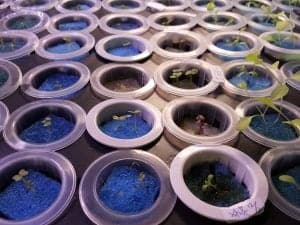
Many people prefer the ease of buying a hydroponic garden kit, which is a complete system that is already pieced together for them. Hydroponic equipment is readily available and a hydroponic garden kit can be purchased to meet the needs of new or inexperienced growers.
Some people though, like the challenge of putting together all the components and creating a system that meets their needs specifically. There are many resources available for hydroponics for beginners providing instructions on how to build simple, starter systems.
Types of Hydroponics
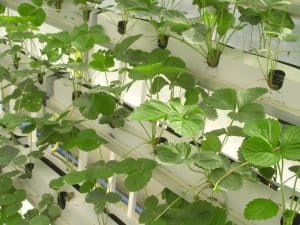
Active systems rely on pumps or other mechanisms to circulate solutions and deliver them to the roots. In active systems the nutrient solution is typically cycled over and over through the solution. The big drawback to active systems is their reliance on electricity; in the event of a power outage, the system quits working.
Passive systems, on the other hand, are easier to set up and maintain. For this reason they are often recommended to beginners. These systems use a growing hydroponic medium –rocks such as hydrocorn or expanded shale, sand, vermiculite, or perlite – through which the nutrient solution is passed.
The roots come in contact with the solution, plants then absorb the water and nutrients. Passive systems require no pumps or moving parts making them easier and cheaper to maintain. The types below each offer hydroponic benefits and drawbacks to be considered before deciding on which to pick.
Active and Passive Indoor Hydroponic Systems are Broken Down into Six Types:
- Wick System – Nutrients are stored in a reservoir, and move into the root zone via capillary action using some sort of wick. This passive system is easy to set up and maintain but is not the most efficient.
- Deep Water Culture System – Also known as DWC, deep water culture systems are simple to set up and maintain. Plants are held up by some sort of platform that allows them to float on top of the nutrient solution. Air pumps and air stones then provide oxygen to the plants, much like in an aquarium. The drawback is that few plants other than lettuce do well in these systems.
- Drip System – The most widely used system in hydroponics, a drip system is similar to a wick system setup. Plants are suspended in a growing medium and then slowly fed nutrient solution through a small drip line. A hydroponic drip system utilizes a timer and pump, requiring upkeep of mechanical components.
- Aeroponic System – This is the most high tech system. Plants are suspended in the air and roots are misted with nutrient solution either in a cycle, or continuously. Aeroponic systems obviously require more technical equipment and are not recommended for hydroponics for beginners.
- Nutrient Film Technique (NFT) System – In this type of system plants are grown in long channels with nutrient solution constantly running along the bottom of the channel. NFT systems are very popular in commercial operations, but require pumps and timers to control the delivery of nutrient solution to plants.
- Ebb and Flow System – In an ebb and flow system, plants are grown in trays filled with the appropriate growing medium. On regular intervals the trays are flooded with nutrient solution and then drained back into a reservoir until the next cycle. They are very versatile systems but are not as popular as the others.
The best hydroponic nutrients needed for any of these systems follows the same principles of garden fertilizers. To be effective, it must contain all of the essential nutrients a plant would obtain from the soil or fertilizers applied. Nutrient solutions come in liquid or powdered mixes, with some organic options available.
One key aspect in growing plants hydroponically is maintaining the nutrient solution at the appropriate pH. Although easy, it is necessary to check the pH frequently to make sure all of the essential nutrients are available for plant uptake. Testing kits are fairly inexpensive and simple to use, giving you a quick result.
Hydroponic Plants
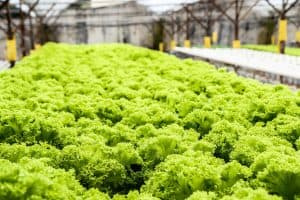
Plants that have a smaller footprint work better since they are more space efficient. Leafy green like lettuce, kale, chard, and arugula grow extremely well hydroponically and are recommended for hydroponics for beginners. Basil and sage are great herbs to start with; hydroponic tomatoes and peppers also grow really well.
While is seems counter-intuitive to grow plants without soil, since the nutrients they need are found in the soil substrate, hydroponics gardening is becoming popular among gardeners.
It allows higher quality plants to be grown faster, with higher yields, while using fewer inputs. The best hydroponic system can vary in technology and cost commitment but provides a very valuable option for people who are practicing urban or indoor gardening.

